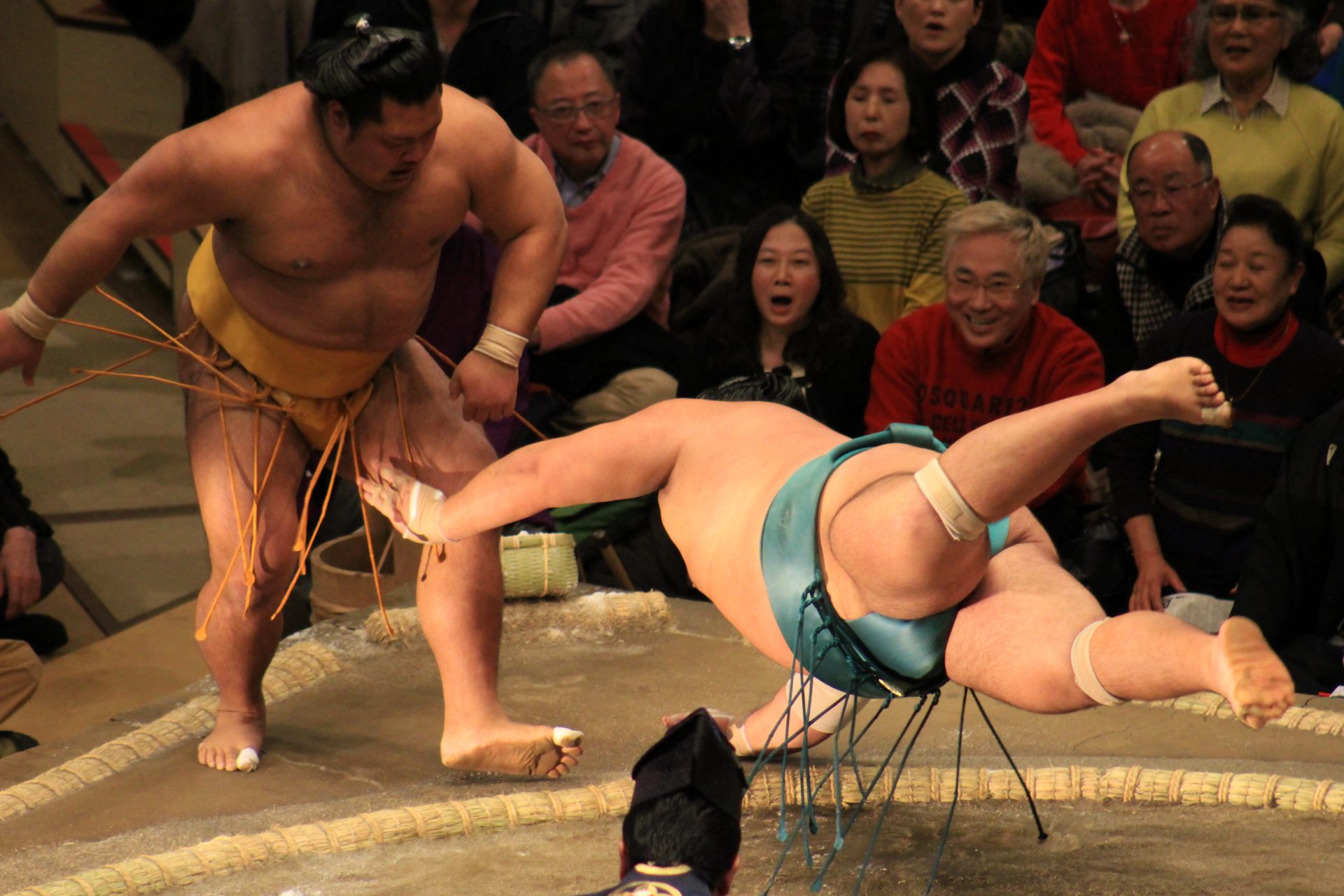
How to Train for Sumo Wrestling in Japan In 2023? Sumo wrestling is a traditional Japanese sport that has captivated people around the world with its unique combination of strength, technique, and cultural significance. If you have ever been fascinated by this ancient martial art and wish to train for sumo wrestling in Japan, this article is your comprehensive guide. In this article, we will explore the essential steps and techniques required to embark on a sumo training journey, providing insights into the physical conditioning, training regimen, and cultural aspects associated with the sport.
Introduction
Sumo wrestling is a revered sport in Japan, known for its rich history and cultural significance. In this article, we will explore the essential aspects of training for sumo wrestling in Japan, focusing on physical conditioning, training regimens, diet and nutrition, mental preparation, and the cultural nuances associated with the sport.
Understanding Sumo Wrestling

Origins and History
Sumo wrestling originated in ancient Japan, with its roots dating back thousands of years. It evolved from religious rituals and was performed to entertain the gods. Today, sumo is a professional sport with a rigorous training system and a dedicated following.
Rules and Regulations
Sumo matches take place in a circular ring called a dohyo, where two wrestlers, or rikishi, face off against each other. The objective is to force your opponent out of the ring or make any part of their body, other than the soles of their feet, touch the ground. Matches are fast-paced and require a combination of strength, agility, and strategy.
Physical Conditioning for Sumo Wrestling
Building Strength and Power
To excel in sumo wrestling, athletes need exceptional strength and power. Training focuses on exercises that build core strength, such as squats, deadlifts, and bench presses. Sumo wrestlers also engage in weightlifting and resistance training to enhance their muscle mass and explosiveness.
Developing Agility and Flexibility
Despite their size, sumo wrestlers need to be agile and flexible. Training includes exercises like yoga, stretching routines, and footwork drills to improve agility and maintain balance. These exercises also help prevent injuries and ensure quick movements during matches.
Sumo Training Regimen
Basic Techniques and Stances
Sumo wrestling involves a variety of techniques and stances that require precision and practice. Wrestlers learn fundamental moves like tsuppari (hand thrusts), hatakikomi (slap down), and yorikiri (force out). These techniques are honed through repetitive training and sparring sessions.
Footwork and Balance
Footwork is crucial in sumo wrestling as it enables wrestlers to maintain balance and execute effective moves. Training focuses on developing footwork techniques such as shiko (stomp), ayumiashi (sliding step), and suriashi (shuffling step). This helps wrestlers maneuver and react swiftly during matches.
Throws and Grappling
Throws and grappling techniques play a significant role in sumo matches. Wrestlers practice moves like uwatenage (overarm throw), kotenage (arm lock throw), and sukuinage (beltless arm throw) to overpower opponents. Learning proper body positioning and timing is crucial for executing these techniques successfully.
Endurance and Stamina
Sumo wrestling matches can be physically demanding, requiring exceptional endurance and stamina. Training involves cardio exercises like running, swimming, and cycling to improve cardiovascular fitness. Building endurance allows wrestlers to sustain their energy levels throughout long matches.
Diet and Nutrition
Traditional Sumo Diet
Diet is a vital aspect of sumo wrestling training. Traditionally, sumo wrestlers follow a high-calorie diet called chankonabe. This meal consists of a protein-rich soup with various ingredients like chicken, fish, tofu, and vegetables. Sumo wrestlers consume large quantities of this nutritious meal to support their muscle growth and overall strength.
Balancing Nutrition for Optimal Performance
While a sumo wrestler’s diet is high in calories, it is essential to balance nutrition for optimal performance. Wrestlers work closely with nutritionists to ensure they receive adequate nutrients while managing their weight. A balanced diet includes lean proteins, complex carbohydrates, and essential vitamins and minerals.
Mental Preparation
Discipline and Focus
Sumo wrestling demands discipline and focus from its practitioners. Wrestlers follow strict training schedules and adhere to a code of conduct. Mental preparation includes meditation, visualization techniques, and mental exercises to enhance concentration and mental resilience.
Rituals and Ceremonies
Sumo wrestling is steeped in tradition and rituals. Wrestlers engage in purification rituals before matches, such as salt throwing and clapping to ward off evil spirits. These rituals help wrestlers connect with the sport’s history and foster a sense of respect and reverence.
Read More: Types of Operating Systems: A Comprehensive Overview In 2023
Cultural Aspects of Sumo Wrestling

Sumo Tournaments and Events
Sumo tournaments, known as basho, are held throughout the year in Japan. These events attract a wide audience and showcase the highest level of sumo wrestling. Spectators can witness the grandeur of the sport and experience the electrifying atmosphere surrounding professional matches.
Respect and Etiquette
Respect and etiquette are integral parts of sumo wrestling. Wrestlers bow to each other before and after matches, demonstrating mutual respect. They also adhere to strict rules regarding behavior and attire. The sport’s emphasis on respect extends to the audience, who are expected to observe traditional customs during matches.
Symbolism and Tradition
Sumo wrestling embodies various symbolic elements and traditions. Wrestlers wear ceremonial aprons called kesho-mawashi, which are adorned with intricate designs representing their stable or sponsor. Additionally, the ring-entering ceremony, or dohyo-iri, is a visually captivating display of tradition and heritage.
Popular Sumo Training Stables
In Japan, there are several sumo training stables, known as heya, where aspiring wrestlers can train and learn from experienced coaches. Some of the well-known stables include the Futagoyama stable, the Takasago stable, and the Dewanoumi stable. These stables provide a conducive environment for wrestlers to develop their skills.
Watching Professional Matches
If you are in Japan in 2023, attending a professional sumo wrestling match is an unforgettable experience. Tickets can be purchased in advance, and witnessing the skill, strength, and spirit of the wrestlers up close is a remarkable opportunity to immerse yourself in the world of sumo wrestling.
Conclusion
Training for sumo wrestling in Japan requires dedication, discipline, and a deep appreciation for the sport’s history and culture. By following a structured training regimen, focusing on physical conditioning, diet, mental preparation, and embracing the cultural aspects, aspiring sumo wrestlers can embark on a fulfilling journey in this ancient martial art.











